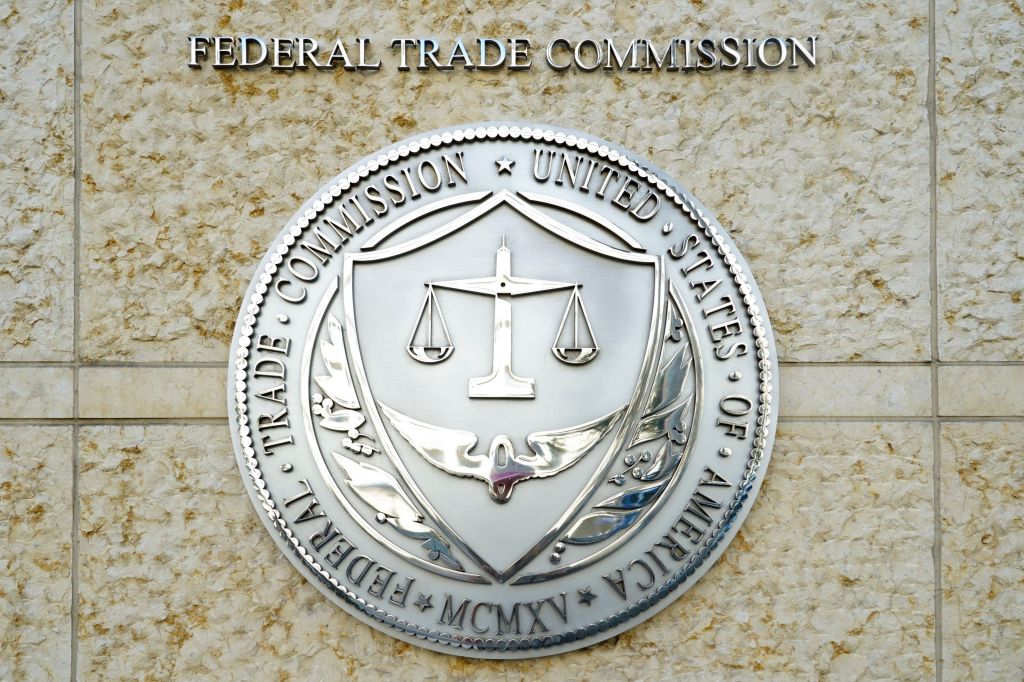Market participants in the UK and EU are bracing for a period of operational and regulatory change, as the transition to faster securities settlement in the US rapidly approaches, and both jurisdictions fire the starting gun on their own moves to T+1. The shortening of the US, Canada and Mexico
Register for free to keep reading.
To continue reading this article and unlock full access to GRIP, register now. You’ll enjoy free access to all content until our subscription service launches in early 2026.
- Unlimited access to industry insights
- Stay on top of key rules and regulatory changes with our Rules Navigator
- Ad-free experience with no distractions
- Regular podcasts from trusted external experts
- Fresh compliance and regulatory content every day

















